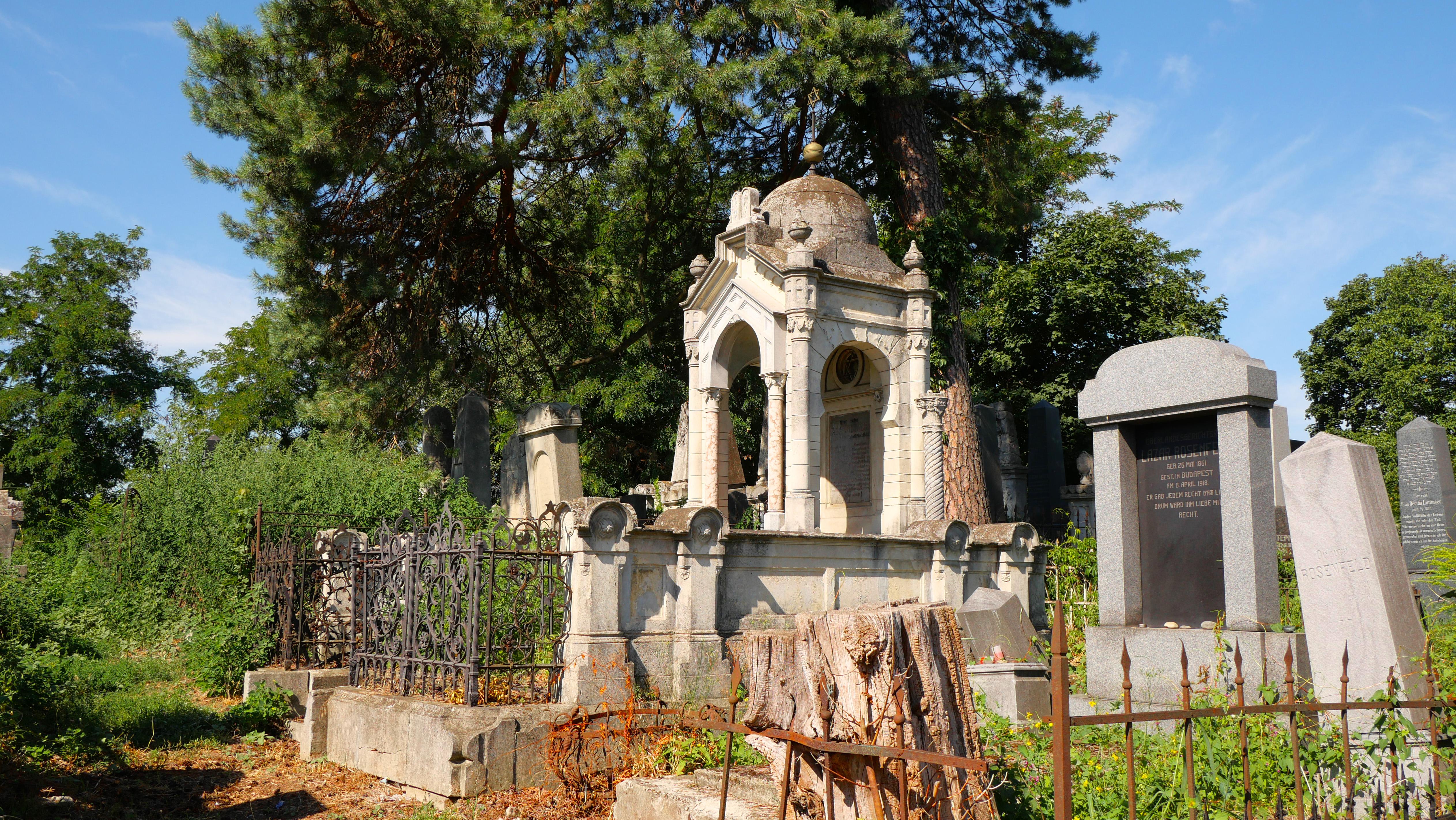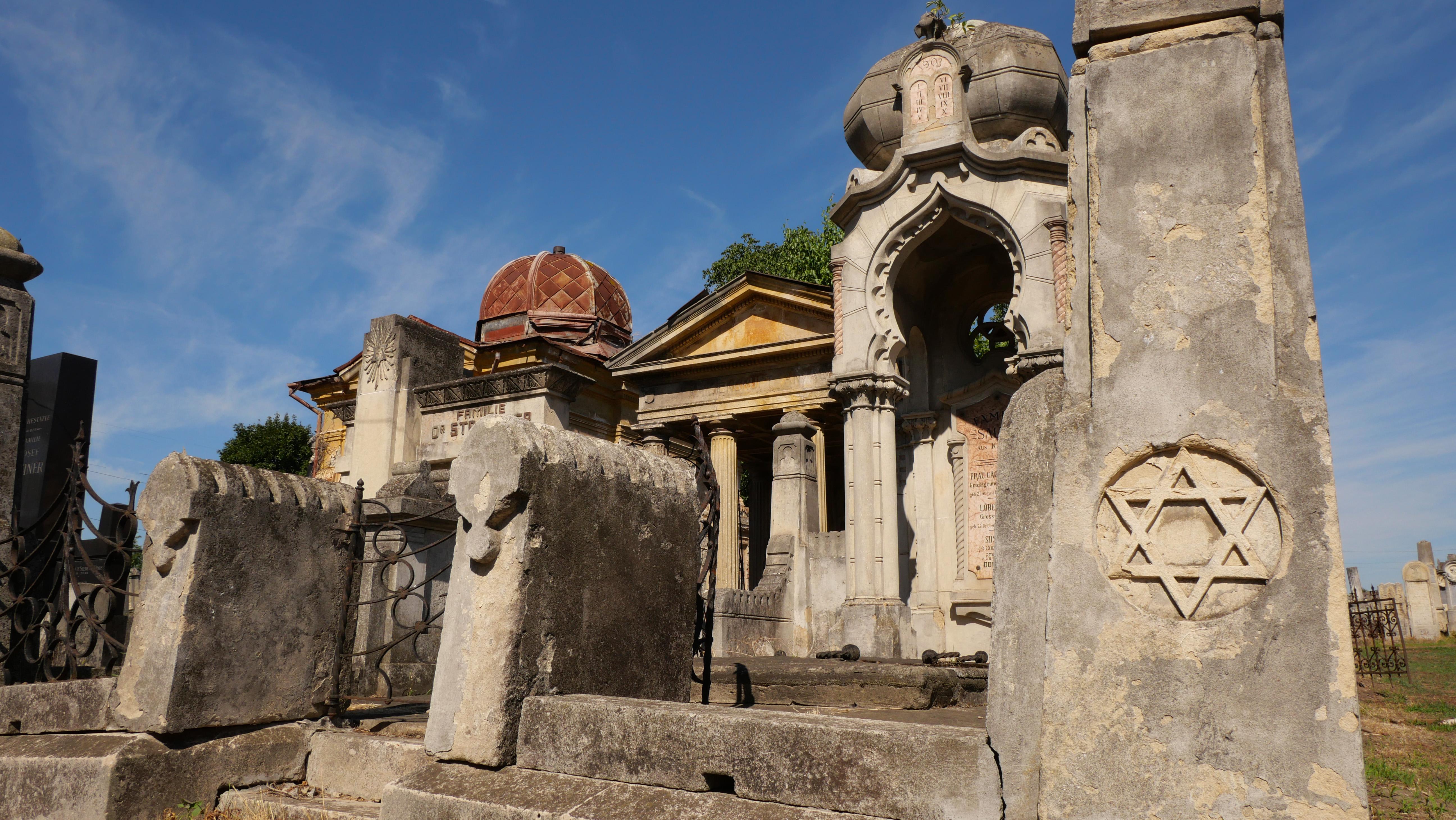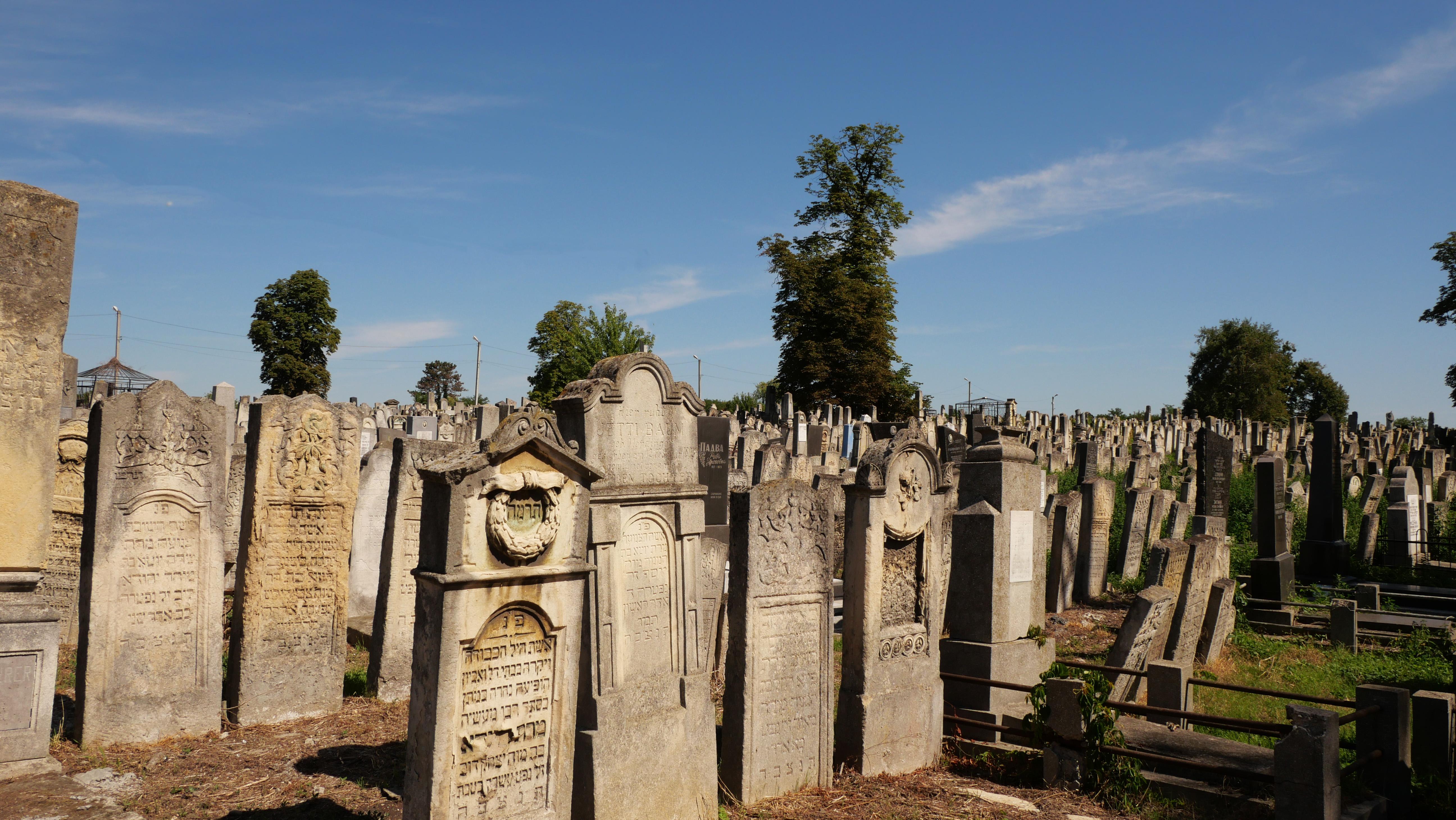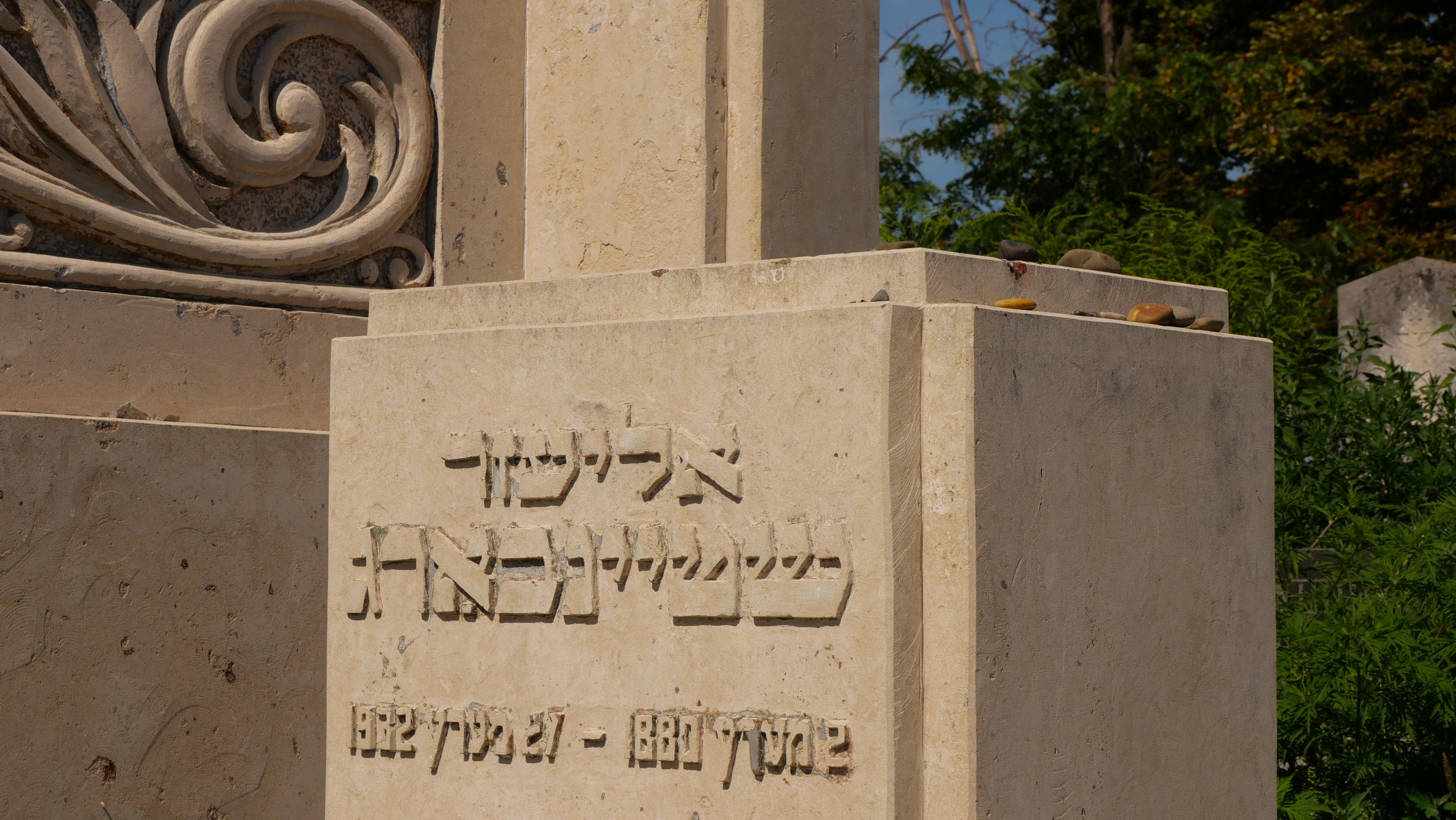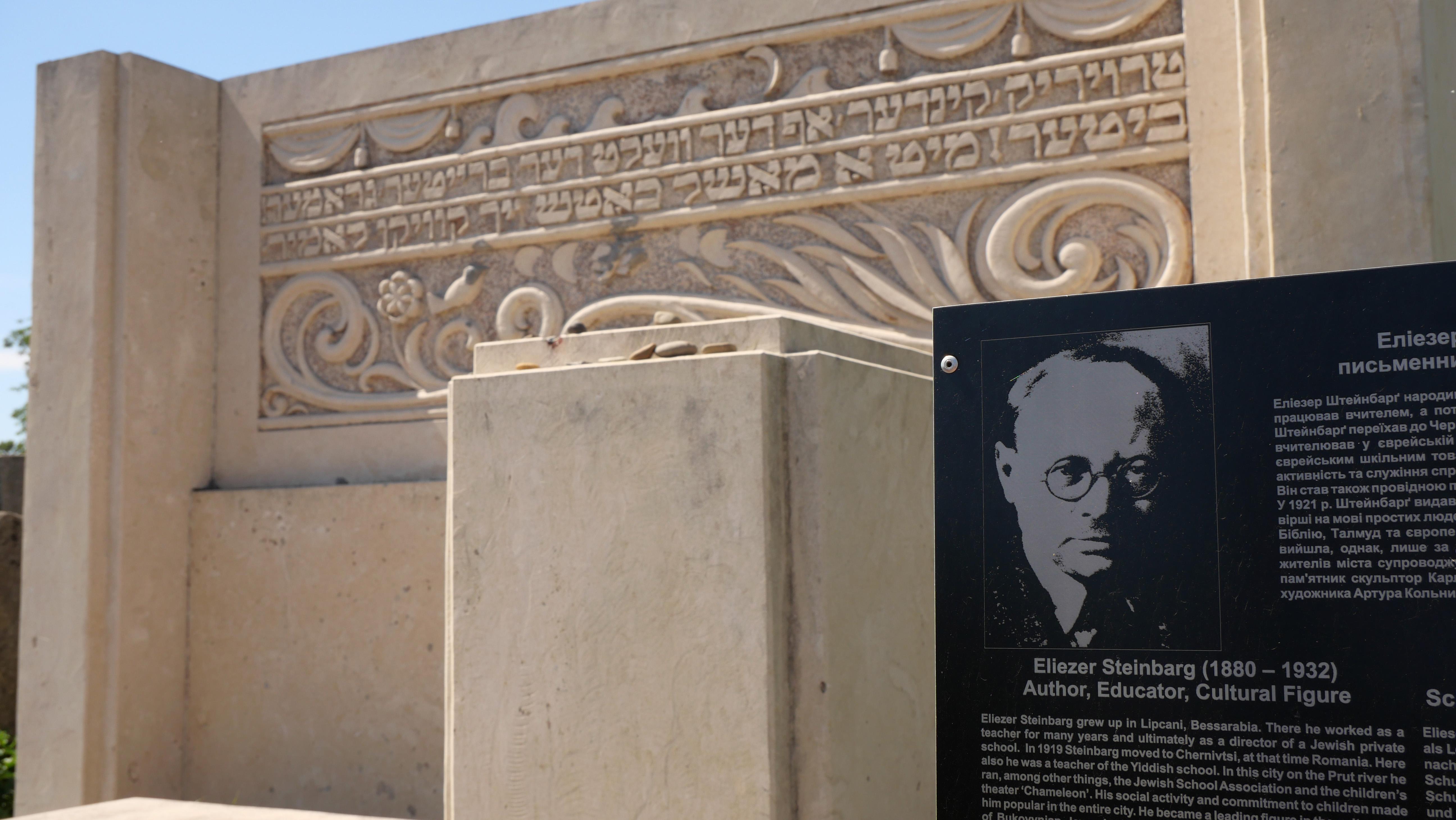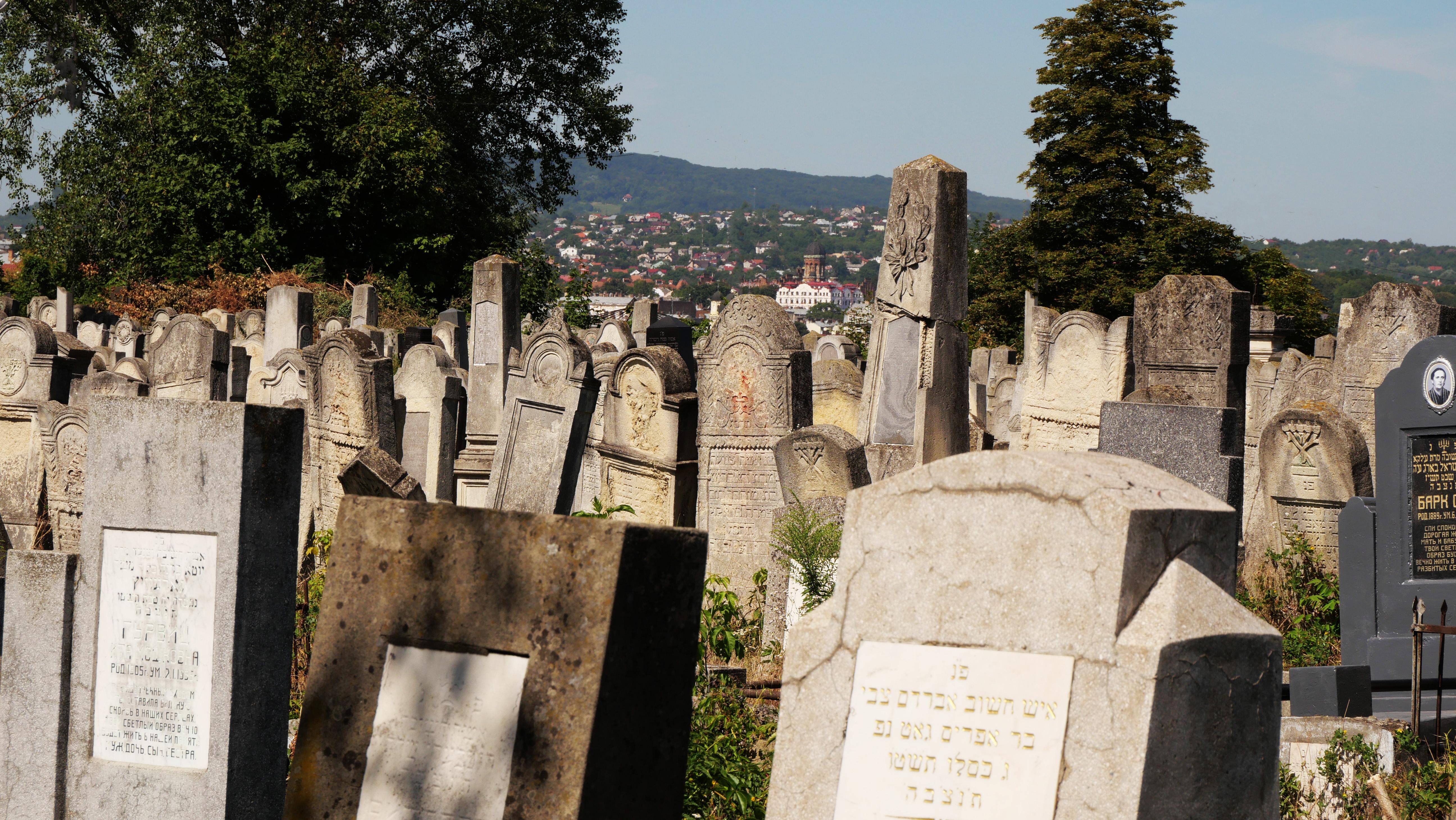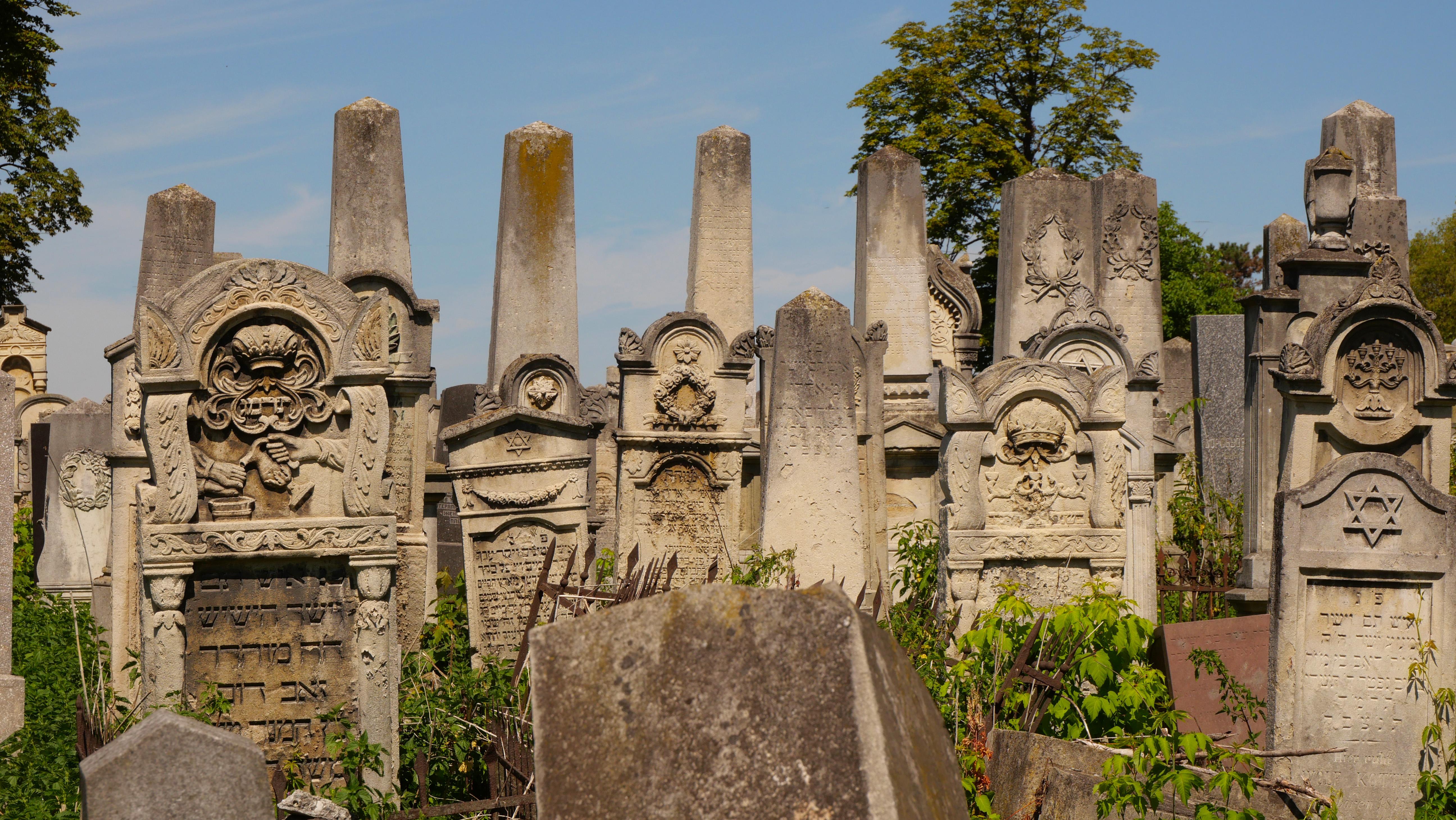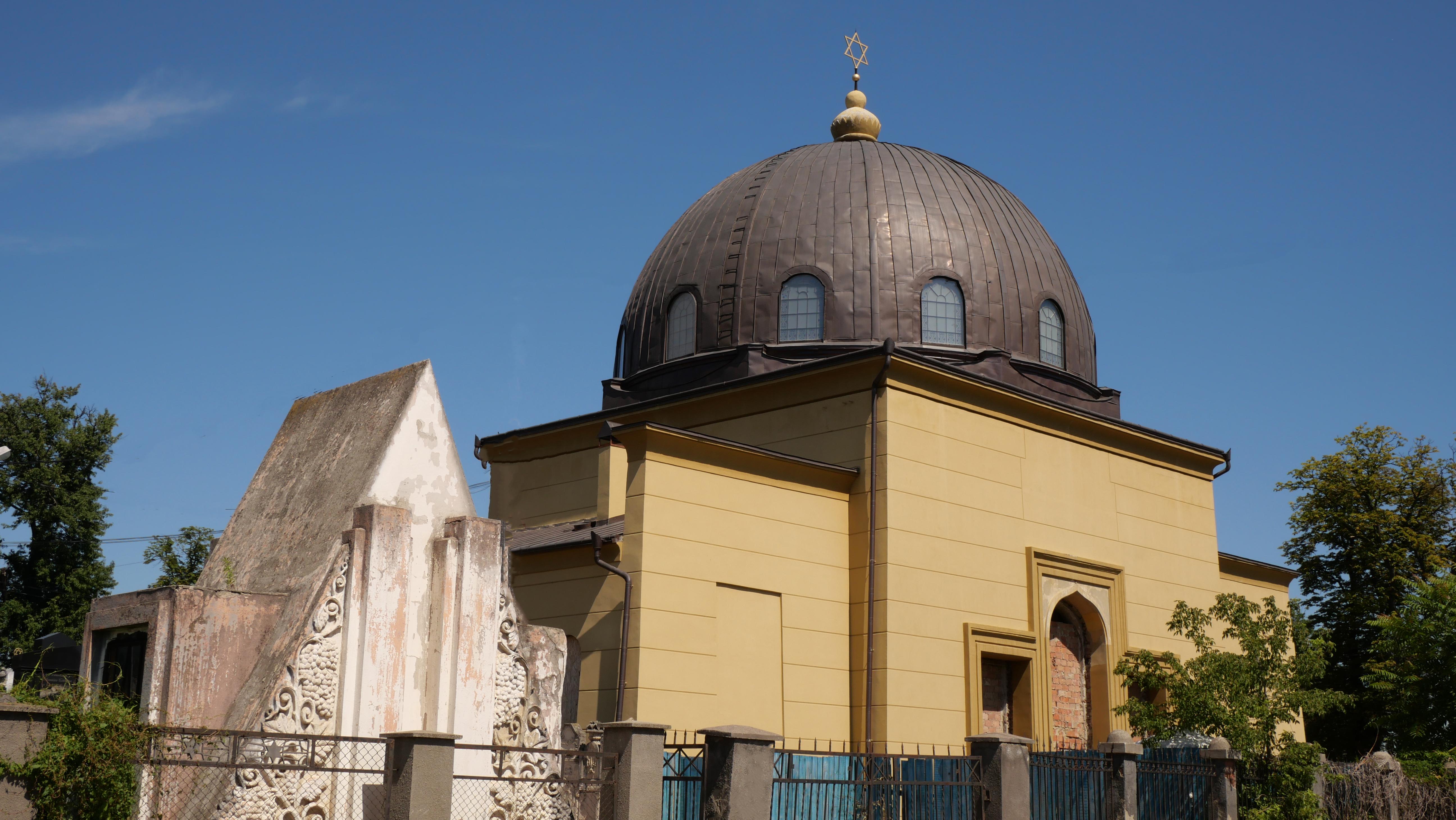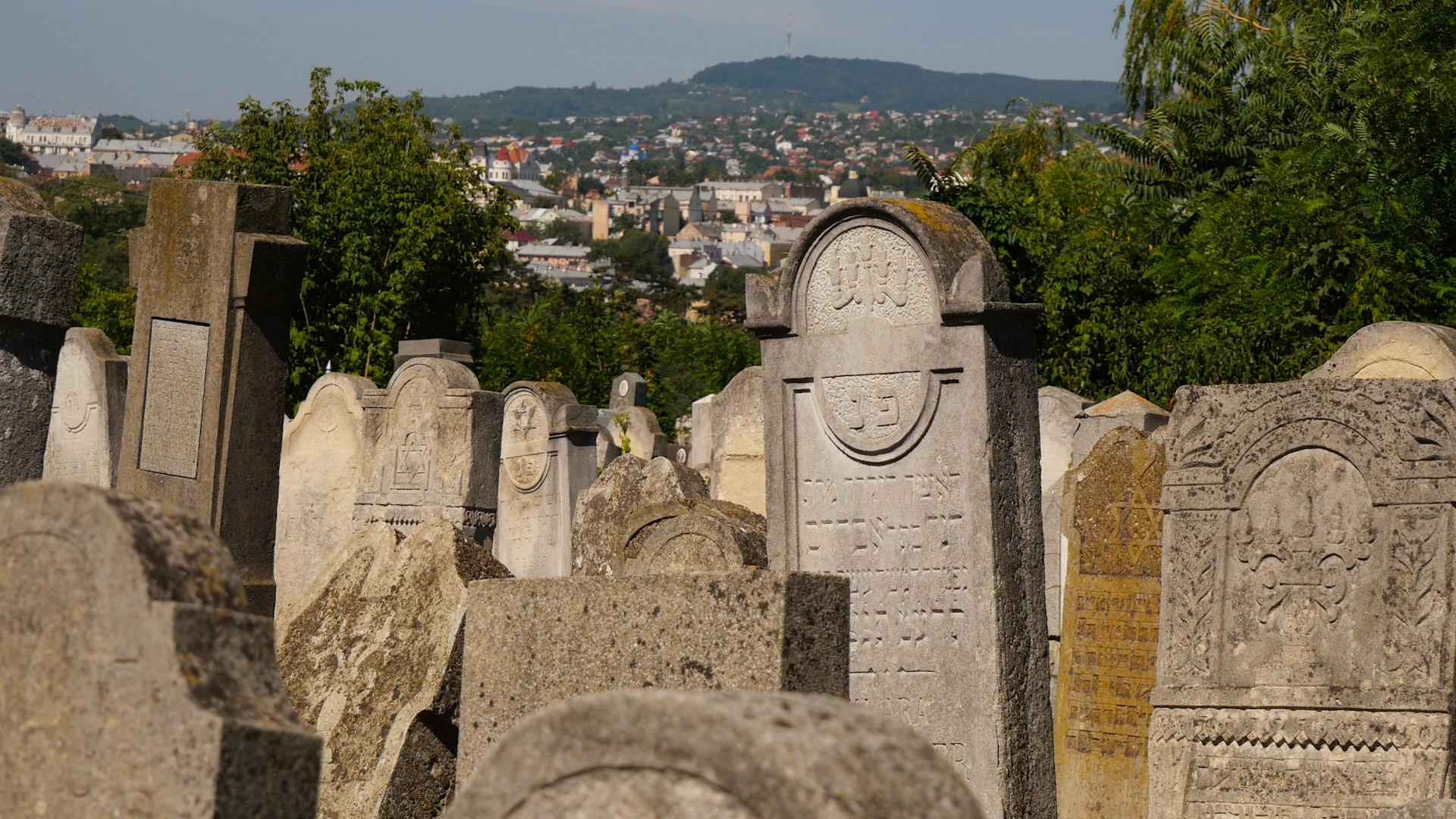
On the summit of Horecha Hill, located on the outskirts of Chernivtsi, lies the third necropolis in Ukraine with museum status. It is a historical and cultural reserve encompassing Christian and Jewish cemeteries situated on Zelená Street.
The Jewish cemetery, the final resting place of over 50,000 deceased, was established by a municipal decision back in 1866. Its current area exceeds 14 hectares. It is one of the largest preserved Jewish cemeteries in Central and Eastern Europe. The territory of the cemetery is divided into 137 fields-quarters, which together form one closed complex. Representatives of the Jewish community, who became related to the city, are buried in the cemetery. Among them are public and political figures, writers, poets, intellectuals, those who have made a significant contribution to the political, economic and cultural life of Chernivtsi.
At the entrance to the Jewish cemetery is the House of Farewell (Beit Kaddish). It was built in 1905 by architect Josef Fünkel. The building has four rooms: the central ritual hall, the funeral home, the office and the shop.Visitors to the cemetery can get acquainted not only with the history of Judaism in Bukovina, but also with the symbols of burials. The ornaments on the monuments use traditional Jewish symbols, as well as elements of Ukrainian folk art.
The Christian cemetery, covering an area of over 20 hectares, together with the Jewish cemetery, forms a single significant historical landmark of the city. Many monuments and family tombs are examples of monumental art and hold substantial cultural value. The artistic gravestones and sculptures on the graves leave a profound impression, reflecting the artistic tastes of the city’s residents from a bygone era. The site features steles, sarcophagi, mausoleums, and obelisks.
The necropolis in Chernivtsi is the resting place of many renowned public and political figures, writers, poets, and intellectuals. It serves as a repository of history, reflecting the past of Chernivtsi.


